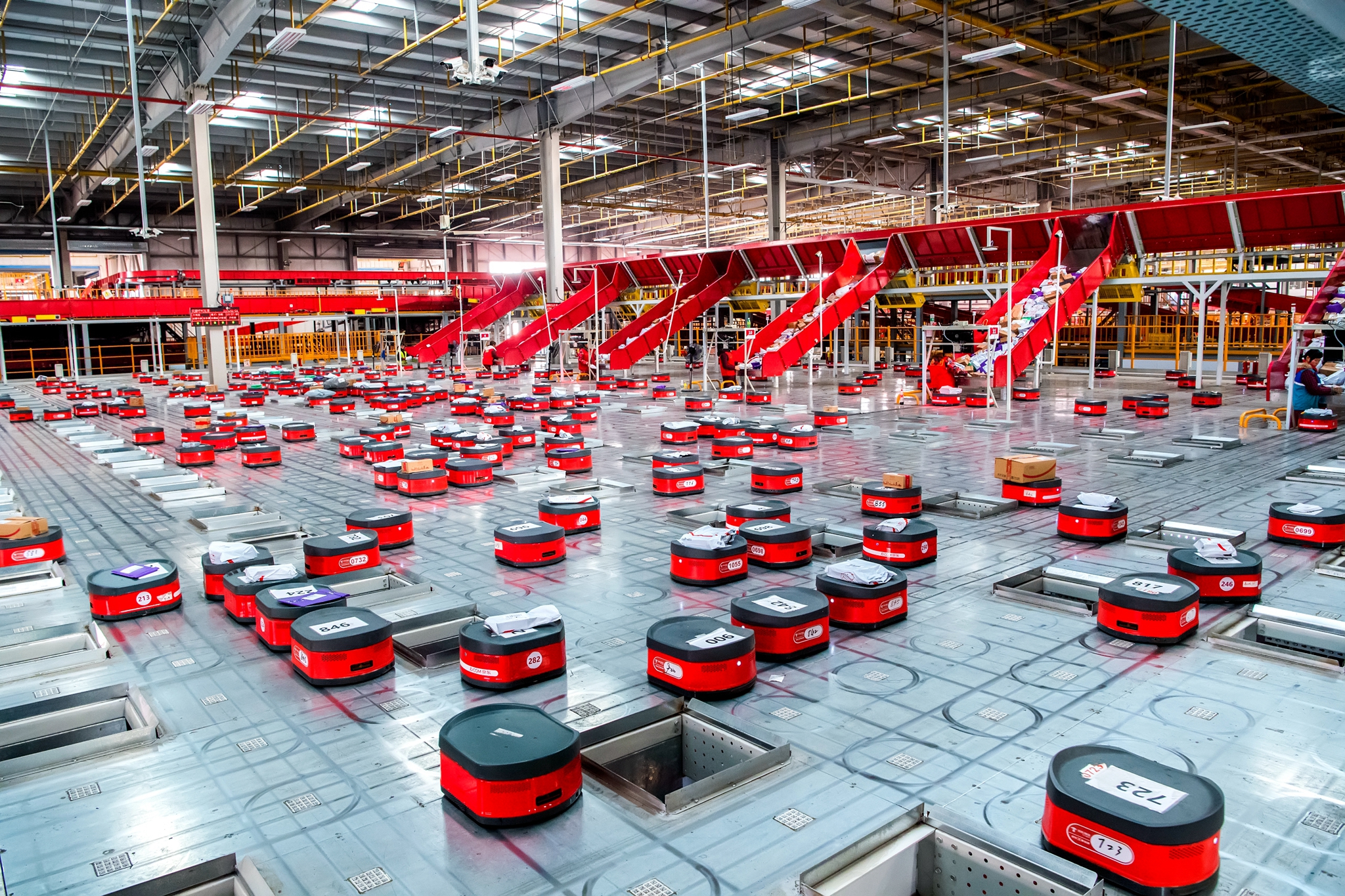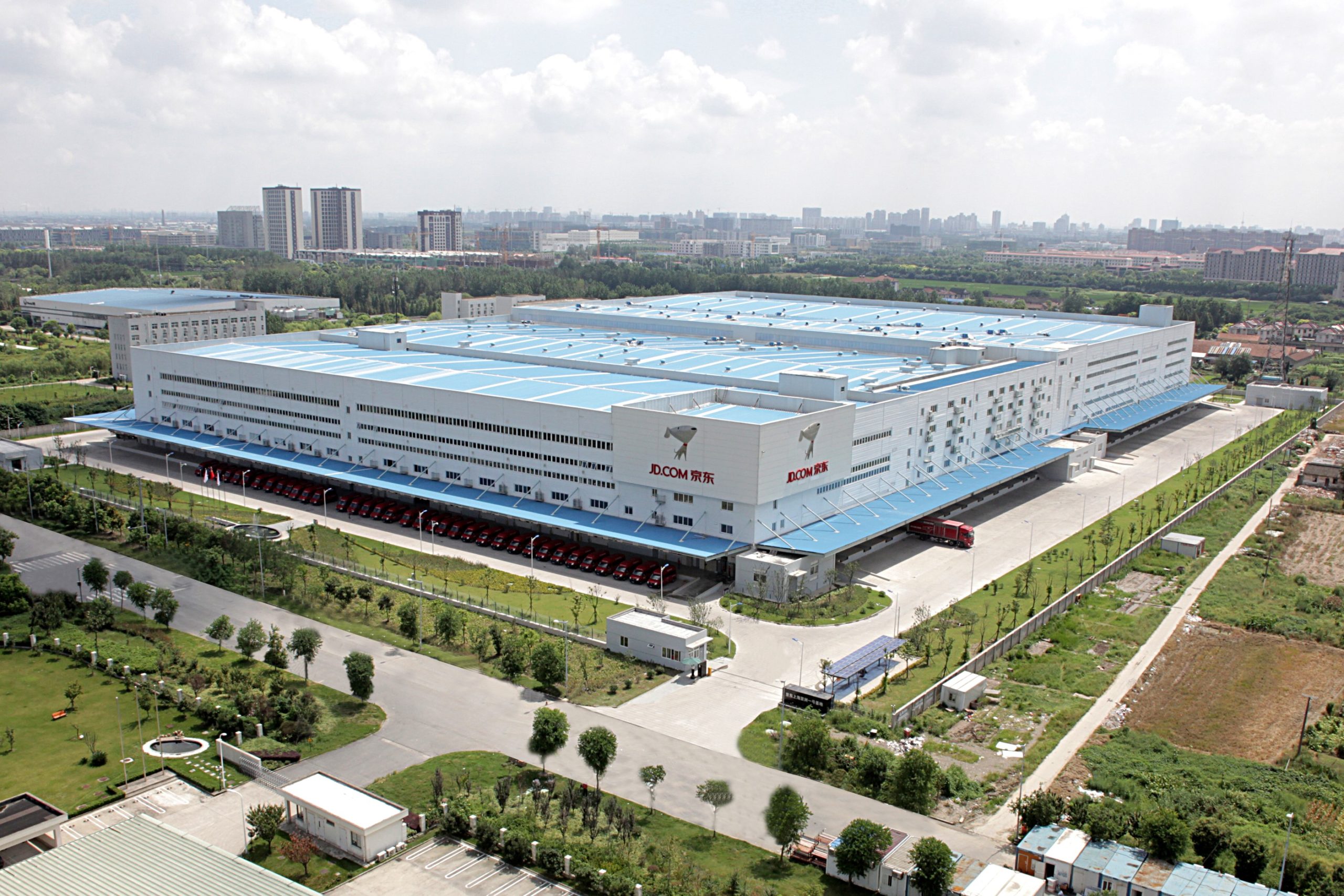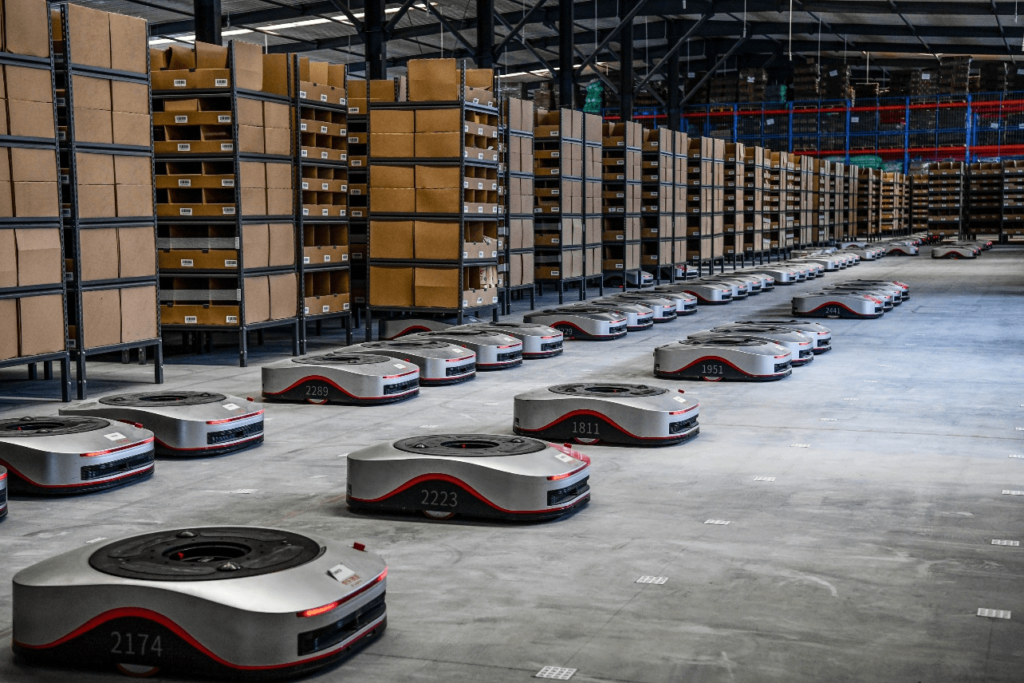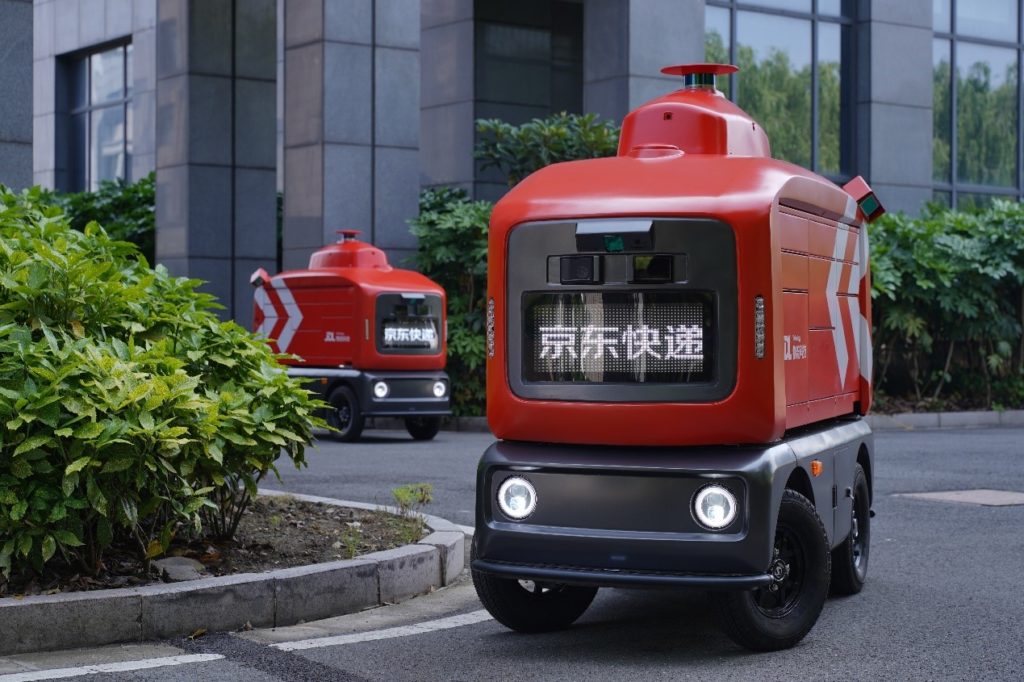by Hui Zhang and Yuchuan Wang
Sixteen international Key Opinion Leaders (KOLs) from 13 countries including America, Britain, France, Brazil, and Thailand visited JD.com’s Asia No.1 Logistics Park in Beijing on Jun. 9 and recorded the high advanced logistics experience through videos to share with their vast number of followers on social media platforms including Youtube, Facebook, Instagram as well as major Chinese social media platforms.

Group photo of KOLs
“To be honest, I got addicted to JD.com because they have fast services, and great after-sales and customer services. They have awesome products that you can order in the morning and maybe get the parcel on the [same] day,” said Jerry Goode, a Youtube Vlogger from South Africa. “It’s like a kid in a candy store. I really like seeing how these guys operate – the ideas, the initiative for the future to get packages faster and faster.”

Jerry Goode
The KOLs were invited by Beijing municipal government together with China Radio International (CRI), an international radio broadcaster of China to visit a series of companies to better understand the capital city’s strong technical capabilities and consumption power.

KOL livestreaming
JD started building its first Asia No.1 logistics park in Shanghai in 2009. As the name indicates, the plan was to build the largest scale and most advanced network of e-commerce logistics centers.
By adopting automation technologies and robots such as shuttle system, AGVs (automated ground vehicles) and high speed sorting system, it enables the company to fulfill over 90% of JD.com’s retail orders from nearly 500 million active customers within 24 hours, a level that no other company in the world at the scale can match.

KOL taking video
In JD’s Beijing Asia No.1 logistics park, 330 AGVs work collaboratively to pick up consumers’ orders, enabling individual pickers to each pick about 250 orders per hour, which is three times the efficiency of a traditional picking approach.

AGV in operation
The company’s Shanghai Asia No.1 logistics park is able to handle as many as 1.3 million orders a day thanks to the application of such advanced technologies.

JD’s Asia No.1 warehouse in Shanghai
“It’s my first time to visit such a big logistics park with front-end technology. I’m so impressed by JD’s Asia No.1 Logistics Park,” said Charunpumhiran Apinya, a Facebook influencer from Thailand.

Charunpumhiran Apinya
“It’s amazing… It’s huge, massive and highly efficient,” said George Doupas, a photographer from Greece.

George Doupas
This automation is extremely helpful during peak periods such as the ongoing 618 Grand Promotion. By 5 pm on Jun. 1, the number of items which purchased on the day and had already been delivered surpassed that of the entire day of Jun 1 during last year’s promotion. As of now, the company operates a total of 32 Asia No. 1 projects, as a part of its 1,000 warehouses across China.
(zhanghui36@jd.com; yuchuan.wang@jd.com)





















